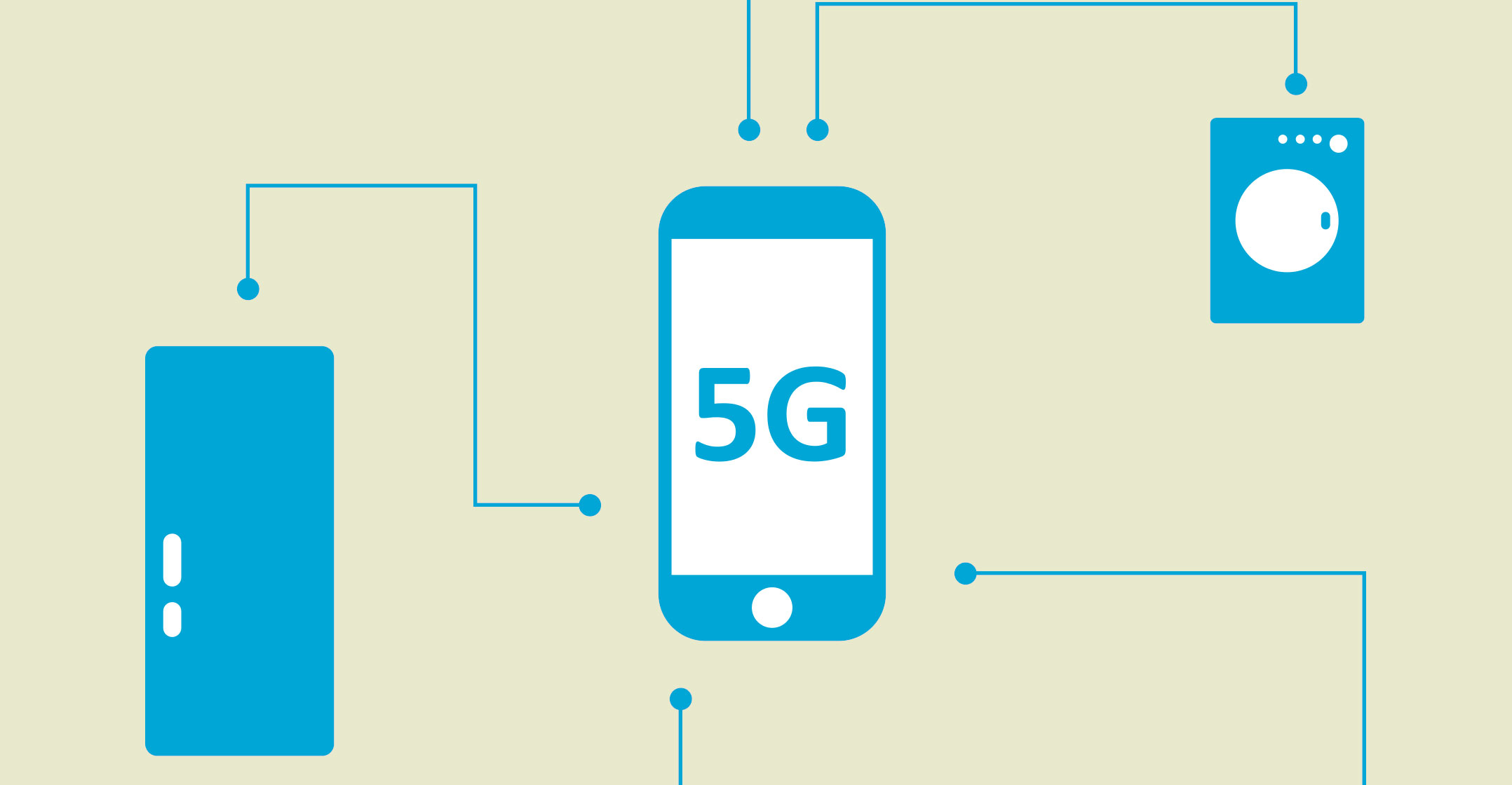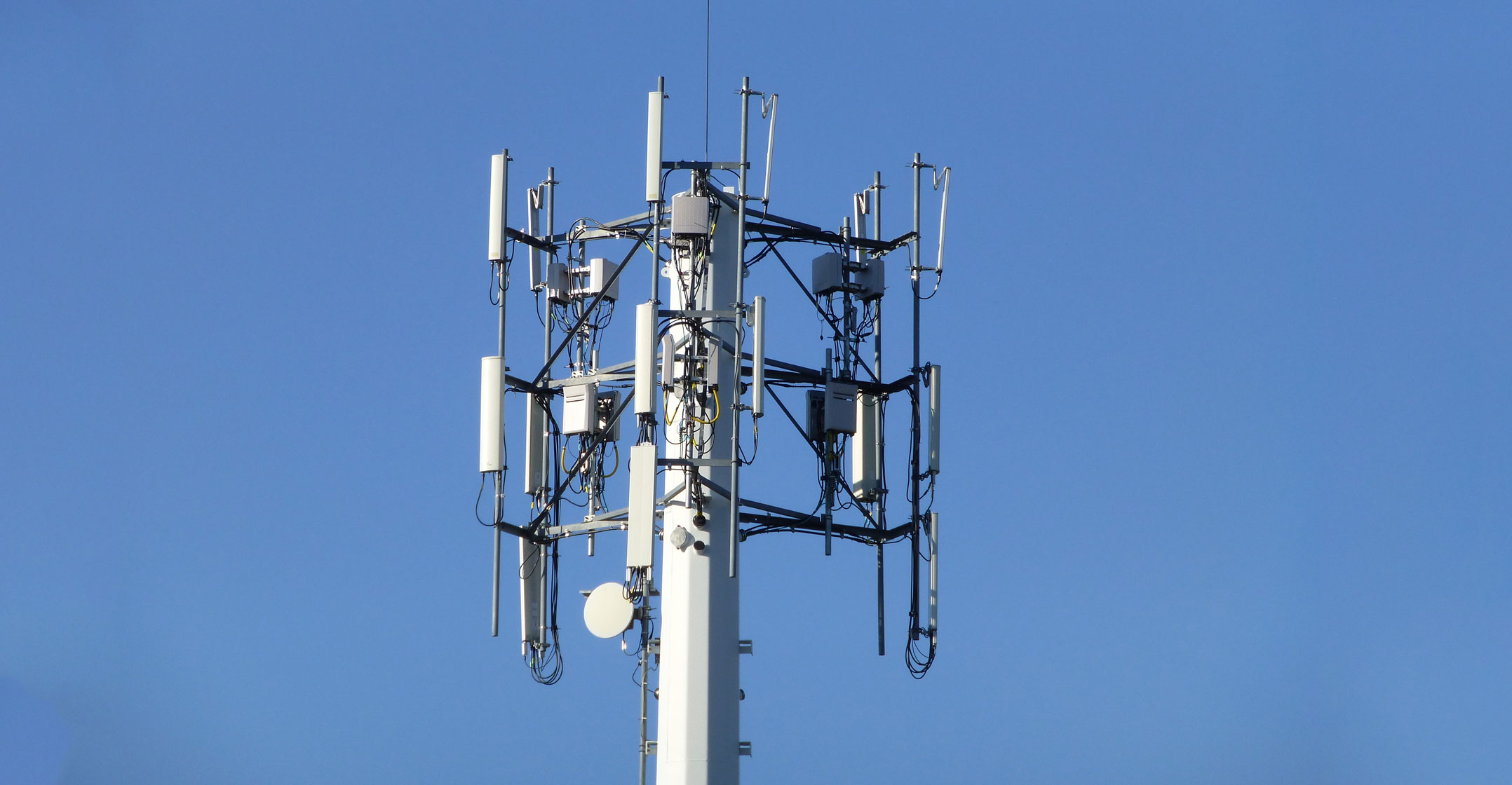
MTN on Monday took the wraps off the first 5G trial by a mobile operator in South Africa. The company was able to demonstrate throughput speeds of more than 20Gbit/s (that’s over 20 000Mbit/s!) in a controlled test environment at its head office in Johannesburg using equipment supplied by partner Ericsson.
But South Africans shouldn’t get too excited just yet about connections to their mobile phones that are more than 20 times faster than the speediest fibre-to-the-home lines currently available to local consumers. It’s not the technology road map that could slow deployment so much as regulators and policy makers, who must still make up their minds about how to allocate the radio frequency spectrum operators need for 4G, never mind 5G.
There’s no doubt that 5G has enormous potential — and application — in everything from autonomous cars to virtual and augmented reality. Its super-fast speeds and incredibly low latency (network round-trip times) promise to usher in the hyper-connected society. It will be transformative for cloud computing, too. Everything will be available instantly, on demand.
But there are at least two big potential roadblocks to this connected future.
The first is the cost of deploying 5G infrastructure. Whereas older mobile generations – 2G, 3G and 4G – were typically deployed using large base stations, covering big areas, 5G will, at least in the next few years, require the roll-out of a very dense network. Each city block could have dozens of micro base stations, using high frequency bands, to ensure adequate coverage. Outside dense urban areas, 4G and 3G (and even 2G) will continue to be used intensively. That’s because, at least for the foreseeable future, 5G will use very high frequency bands (including the so-called millimetre-wave bands), where radio signals can’t travel far (or penetrate well into buildings).
Operators will be hoping to get access to spectrum between 3GHz and 6GHz for 5G (the 3.5GHz band, for example), which will allow for more traditional mobile roll-outs (big base stations covering relatively large areas), but even then it will remain a technology limited to use in urban centres. Only once sub-1GHz spectrum becomes available for 5G applications will this change, and this could take many years, decades perhaps, especially in a country like South Africa where television broadcasters are still hogging much of this spectrum.
This means 5G, when it arrives, will be expensive to deploy at scale and limited to urban areas — and adopted by high-end customers who can afford the expensive smartphones and modems needed to connect (much like 3G and 4G in their early stages of deployment).
Spectrum
The other obstacle to adoption, and arguably the bigger one, is out of the control of MTN and the other mobile operators: access to spectrum. 5G demands a lot of spectrum — more than previous generations. Indeed, in MTN’s trial, the communications regulator, Icasa, has given it access to a massive 800MHz in the 15GHz band. That might be overkill for a commercial roll-out, but it does show just how bandwidth-hungry newer mobile broadband technologies will be (despite big improvements over the years in spectral efficiency of radio communications).
Figuring out how spectrum will be awarded in South Africa for 5G could take years. Government will probably want to expand its planned (and untested) wholesale open-access network (Woan) to include 5G. The idea behind the Woan is that operators should compete at the services rather than the infrastructure level to ensure spectrum is shared and used efficiently. Critics of the plan — this publication included — have warned that the Woan could result in a new infrastructure monopoly, ultimately harming consumers through high prices, poor service and the wrong technology choices.

It may be years yet before the Woan is operational, and spectrum for even the older 4G is allocated. It’s still not clear whether the incumbent operators will get the amount they need, what with government’s worrying noises that most of it may be reserved for the Woan. Government is sitting on a CSIR report on how much spectrum should be reserved for the Woan. Given how critical the findings of that report will be to the sector, government should have published it already. One wonders why it hasn’t been.
Already, MTN and Vodacom — South Africa’s two biggest mobile operators and the biggest investors in the sector — are gearing up for 5G. But will they be allowed to deploy it?
If they had the spectrum they needed, the first 5G devices would likely be in the hands of consumers by this time next year. Instead, they now face a prolonged period of uncertainty about just how they’ll get access (assuming it’s not denied to them, which it might be) while government figures out how it’s going to impose an infrastructure monopoly in the sector, one that holds the real possibility of hampering innovation and investment and ultimately harming consumers.
By all means, government should implement the Woan. It could likely be very beneficial for smaller players, including Telkom, Cell C and Internet service providers who are keen to enter the mobile space. But it should also allow Vodacom, MTN and others to build their own networks as they see fit. That means giving them the spectrum they need to build their own 4G — and now 5G — networks.
- Duncan McLeod is editor of TechCentral

